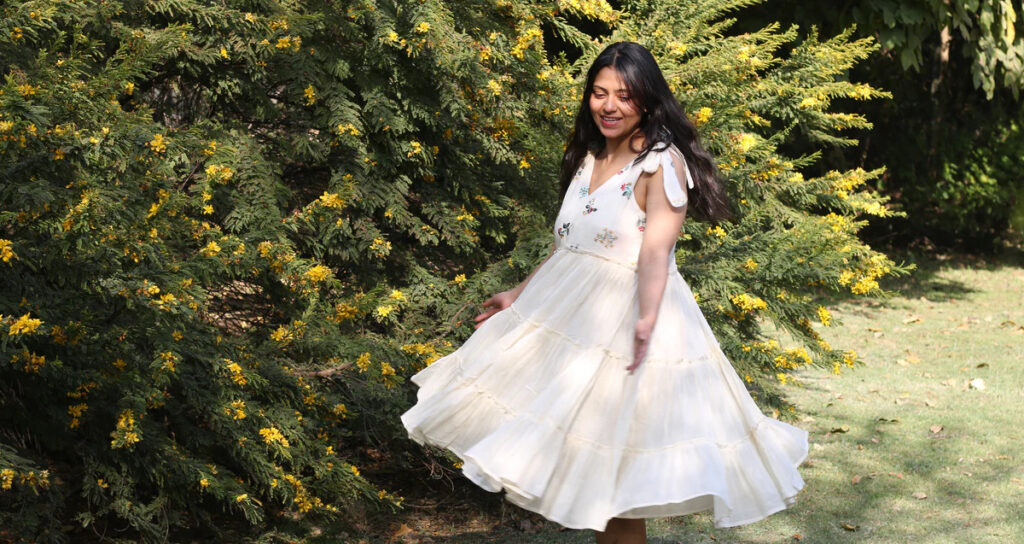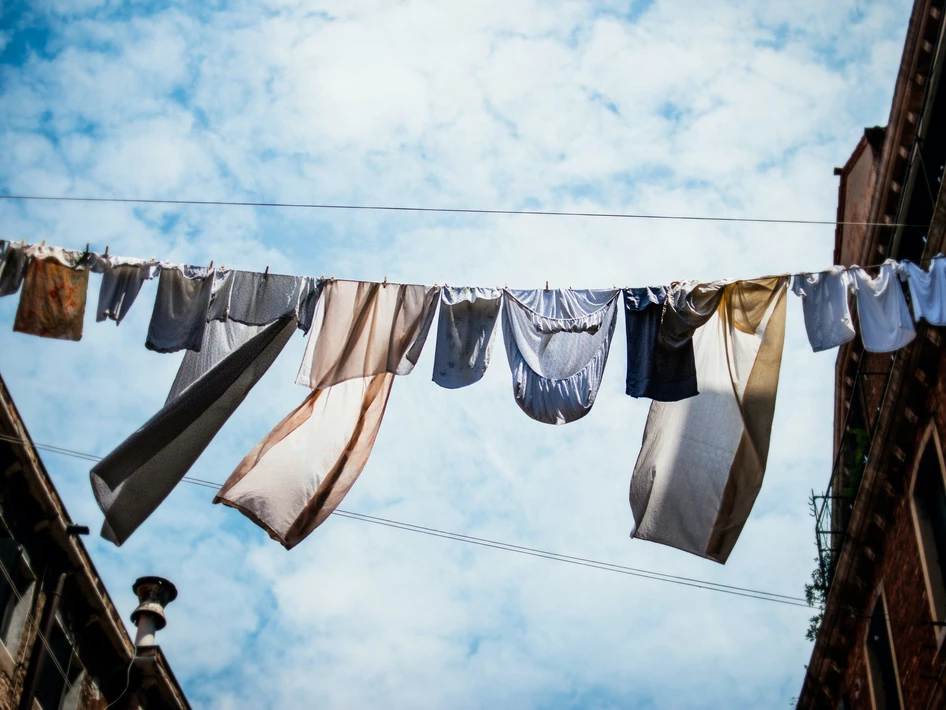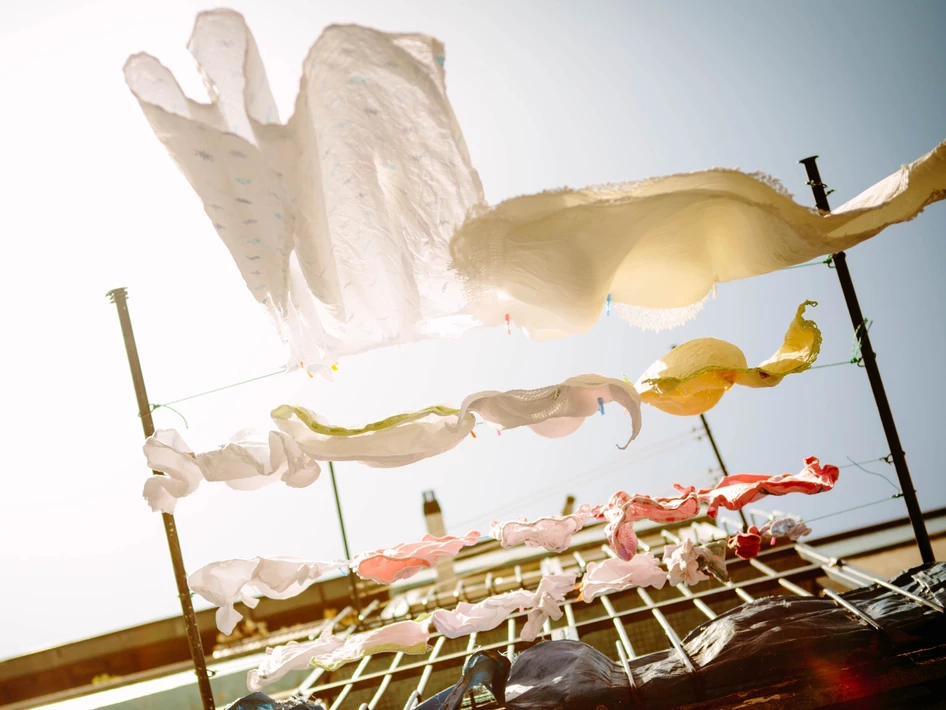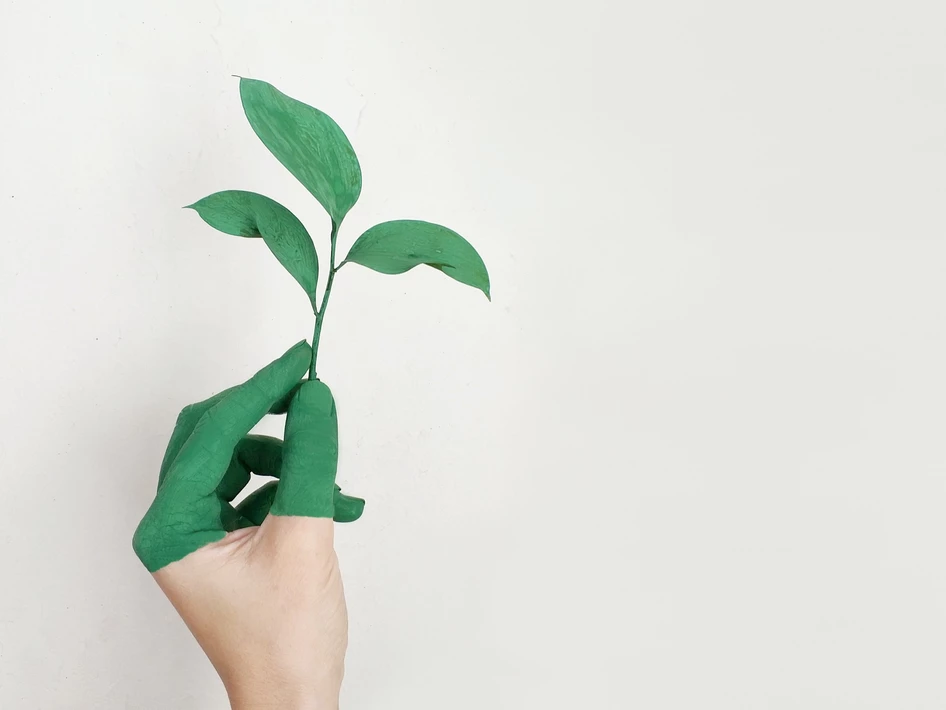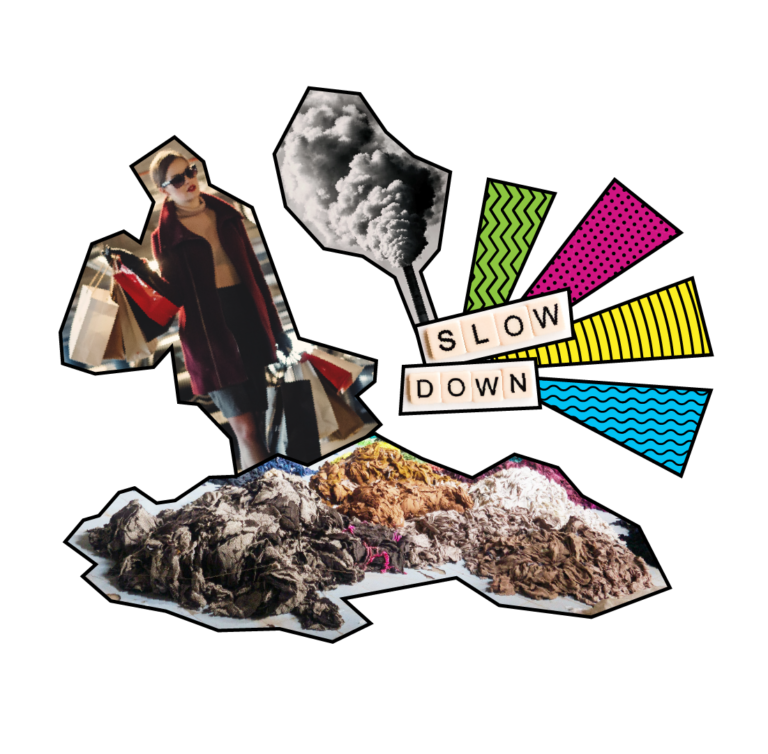The sun is shining, the heat is rising. The best way to stay cool, besides sipping on chilled lemonade? Wearing easy-breezy clothes that don’t stick when you sweat! What do you imagine wearing? A light cotton shirt? That’s an obvious answer for most. However, cotton cultivation is not without its issues. It is resource-intensive, has also been a leading cause of land degradation, water pollution and crop burning in Northern India, and also poses a threat to farmers who are exposed to a plethora of chemicals.
The good news is, there are quite a few natural fabrics that use fewer resources and have a lower impact. The better news is, they are now accessible and affordable. Here’s taking a look at some of these fabrics and why these are the ones that should be on your summer shopping list.
Khadi
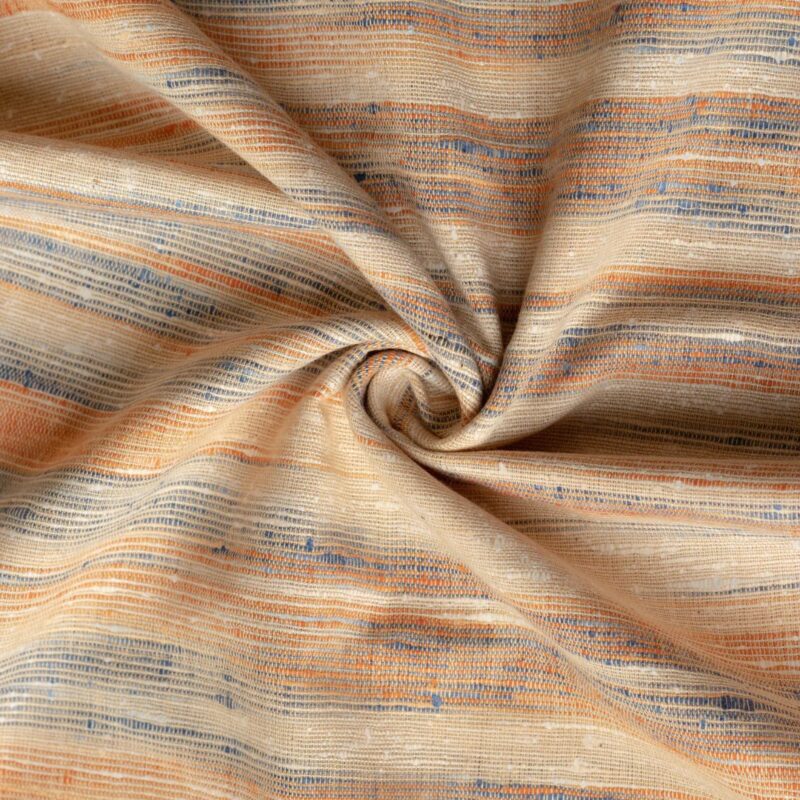
Even though khadi is mostly derived from cotton (it can also be woven with silk or wool, though those options are more suited to winter), it is a more sustainable alternative to regular cotton fabric. For one, the cotton used is non-GMO, which means it is rain-fed, and uses no synthetic fertilisers or pesticides, making it organic. A political symbol, thanks to Gandhi, khadi is woven by hand, using a charkha, which is a tedious process but ensures the quality of the fabric. A durable fabric, khadi is good investment for the long term. The fabric may have a stiff and rugged texture, but it gets more comfortable with every wash. And, it is thermostatic, keeping the wearer cool in summer and warm in winter. The KVIC (Khadi and Village Industries Commission) logo is a guarantee of genuine Khadi.
Pro tip: Hand wash your khadi garments to extend their life.
Used in: Suits, saris, shirts, dresses, skirts, handbags, slings, handkerchiefs, and home furnishing such as cushion covers and bedsheets.
Buy it from: Khadi India, Cottonworld, Tega Collective, Nicobar, 11:11
Hemp
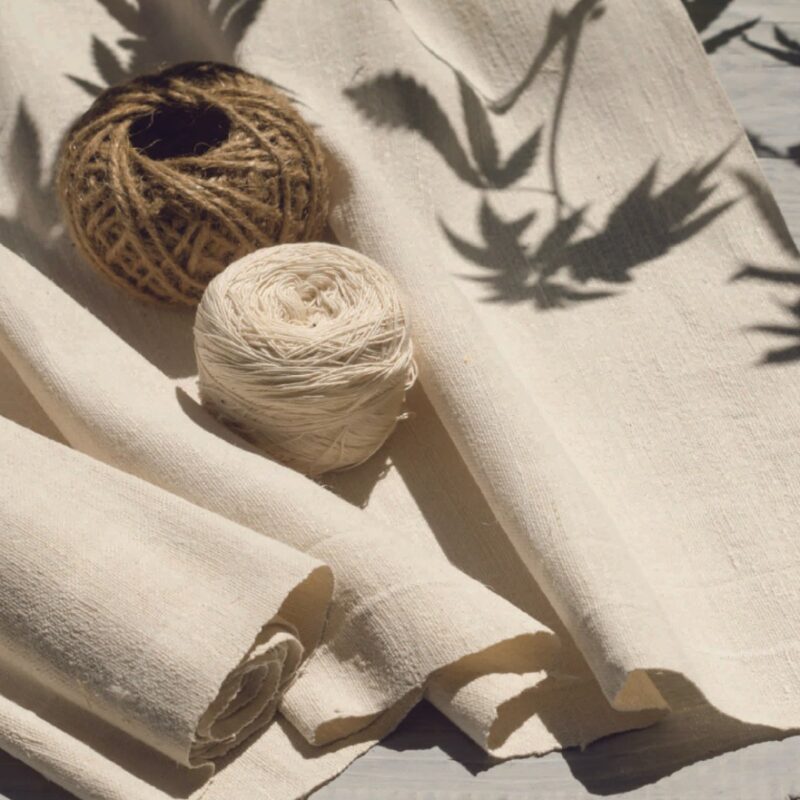
Obtained from the Cannabis Sativa (the same plant family as marijuana), hemp is a low-impact fabric. A kilogram of hemp uses just about 140 litres of water to produce, as opposed to 20,000 litres to a kilogram of cotton. In fact, sometimes just rainwater is enough for hemp cultivation. The hemp fabric is comfortable to wear, lasts long, is strong, absorbent, breathable, anti-microbial, mildew-resistant and insulative. Besides, it is an all-season fabric, keeping you cool in summer and warm in winter. And no, it cannot give you a high–except for the one you get from wearing something that’s better for the planet. So yes, it’s really a win-win!
Used in: Clothing (jeans, shirts, dresses, t-shirts), accessories (hats, bags, laptop sleeves)
Buy it from: Aslee, No Nasties, Cannabie, B Label, Bhu:Sattva, SUI, The House of Hemp
Linen
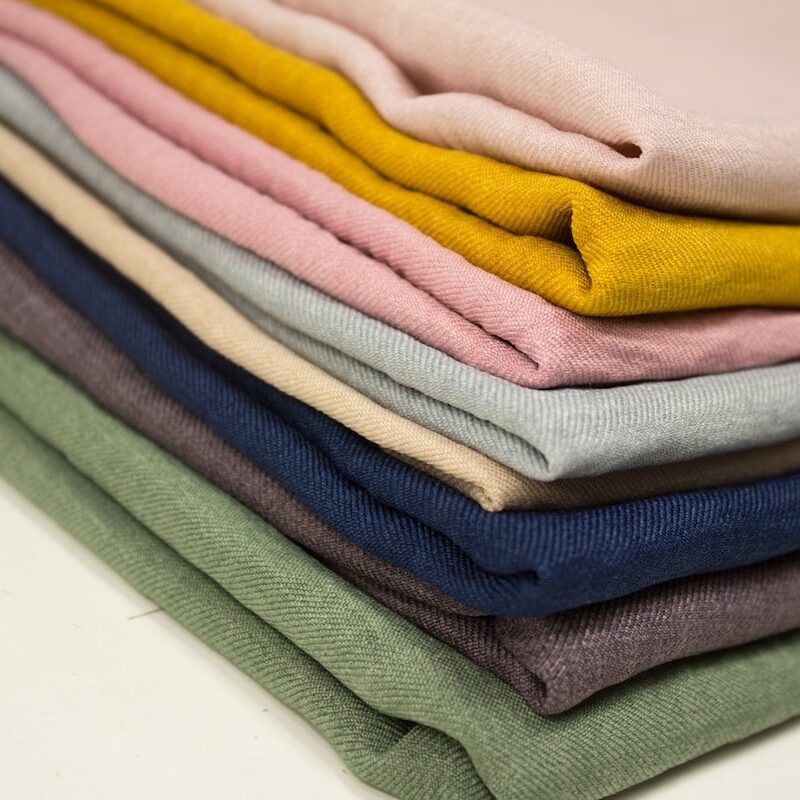
While linen appears similar to cotton, it is, in fact, made from fibers derived from the stem of the flax plant. Perfect for warmer climes, linen can retain moisture for longer, which makes it sweat-wicking and quick-drying. Since undyed linen is white/beige in colour, the fabric is naturally resistant to the sun’s UV rays and allows for rapid cooling. A common complaint is that linen crushes easily, but nothing that some damp ironing or a little steam can’t help you with. Linen garments are low-maintenance, easy to clean and long-lasting. And if looked after well, the colour doesn’t fade for a long, long time.
Fun Fact: Linen can be traced back to ancient Mesopotamia, where it was fabric of choice for the ruling class.
Used in: Shirts, pants, dresses, coats, saris, yogawear and homeware such as napkins, table cloths and towels.
Buy it from: Cottonworld, Linen Club, Live Linen, Linen Trail, Saphed, Proyog
Eri Silk
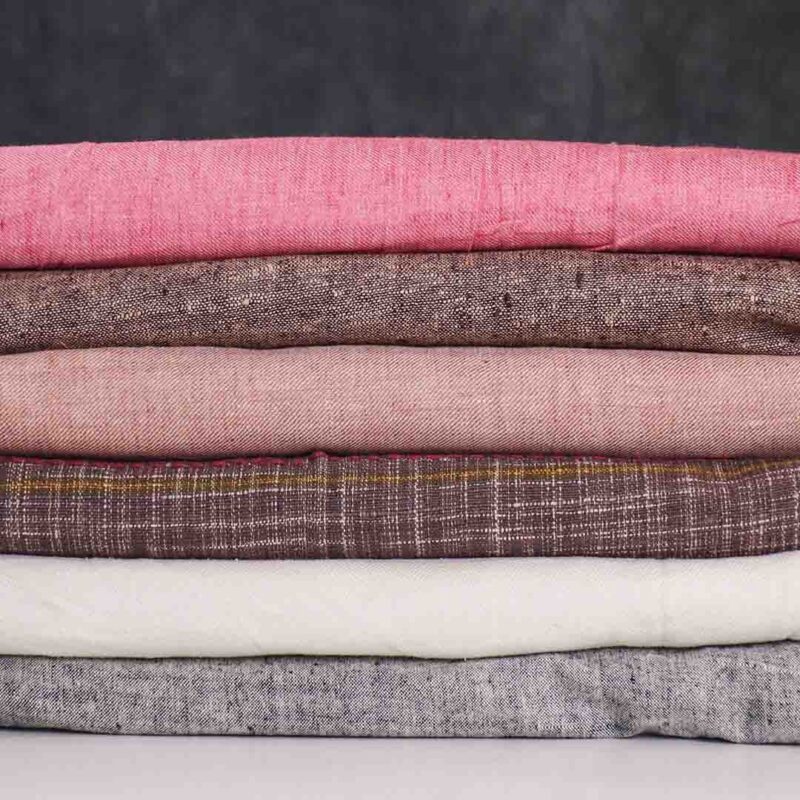
The process of producing Eri silk yarns and fibres has the smallest carbon footprint in the textile industry, in the world. A protein fibre, Eri silk is derived from cocoons made by the Samia Cynthia Ricini moth or Philosamia Ricini moth, predominantly found in Meghalaya and is an ahimsa silk (procured without killing the moth). Also known as Vanya (wild) silk, Eri silk is a popular fabric for weaving as well as knitting, crochet and embroidery, in India’s Northeast region. In spite of its woolly texture, Eri silk is gentle on the skin. Its isothermal properties make it cool in summer and warm in winter. A hydrophilic fibre, it is super-absorbent–in fact, the most absorbent silk in the world–and works very well with natural dyes. The entire production process, from the rearing of the silkworms to the weaving happens within a village ecosystem, resembling a circular economy model–another win for sustainability!
Used in: Dresses, blouses, shawls, stoles, baby clothes, sweaters, jackets
Buy it from: Muezart, Tega Collective
Kala Cotton
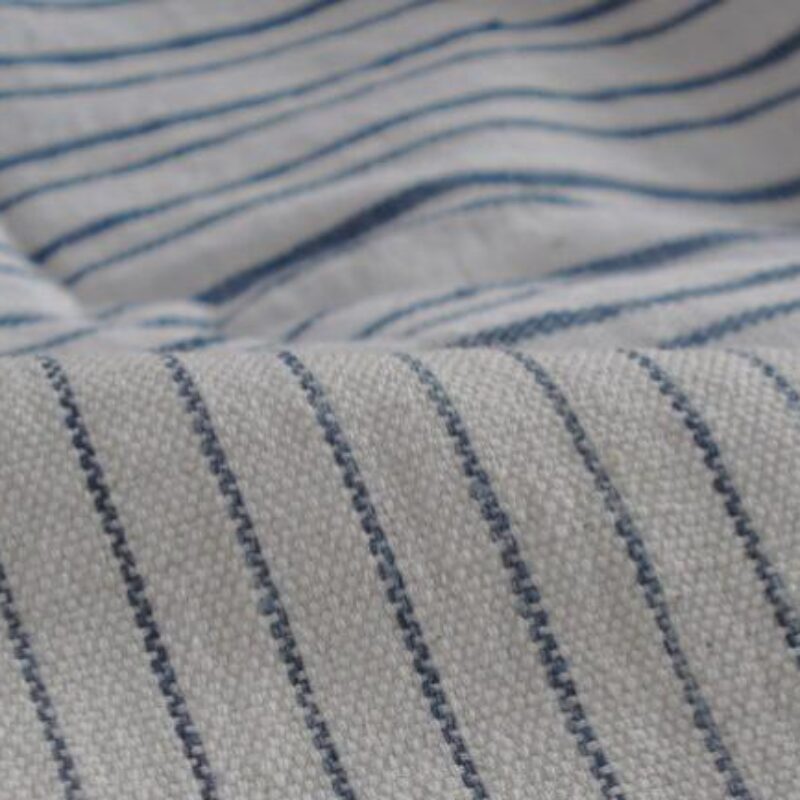
Indigenous to Kutch, Kala cotton is a desi variety of cotton, which is purely rainfed, super-resilient to local climatic conditions, diseases and pests, and requires no pesticides and synthetic fertilisers, making it inherently organic. This fibre is soft to touch, strong, stretchable and requires way less resources than industrially grown cotton, making it a great option for denim production, too. Kala cotton can be traced back to Mohenjo-Daro, but around the turn of this century, Kala cotton production had been sidetracked by industrial cotton. However, Khamir Kala Cottton Inititiative, a Bhuj-based NGO now registered as a trademark, is encouraging Kala cotton textile production and the preservation of agricultural and artisan livelihoods in Kutch (Kachchh).
Used in: Kurtas, jumpsuits, jackets, jeans, and home furnishings such as pillow covers and curtains
Buy it from: Sepia Stories, A Big Indian Story, Ecoshi, 11:11

